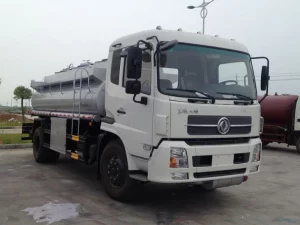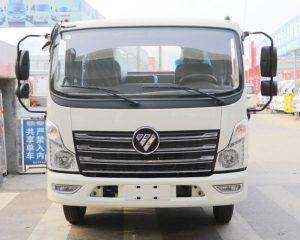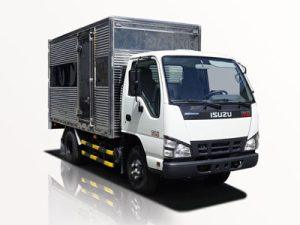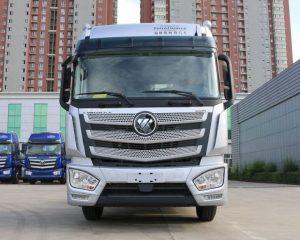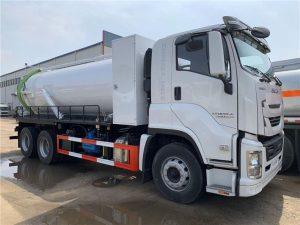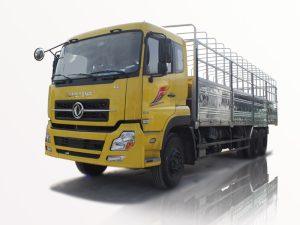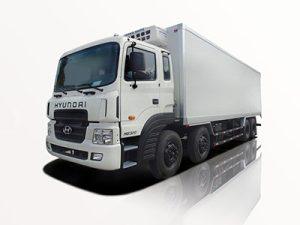Monday to Saturday - 8:00 -17:30
Understanding Mini Truck Dimensions: A Comprehensive Guide
Mini trucks are compact vehicles that have gained popularity for their versatility and ease of use. Whether you’re considering purchasing a mini truck for personal use, business, or agricultural purposes, knowing the dimensions can help you make an informed decision. This article will delve into mini truck dimensions, covering everything from standard sizes to specific model comparisons, industry usage, and practical applications.
What is a Mini Truck?
A mini truck is a small, lightweight vehicle designed primarily for transporting goods and materials. These vehicles are popular in various industries due to their affordability, fuel efficiency, and ease of maneuverability. They are typically classified based on their payload capacity, which usually ranges from 1,000 to 2,000 pounds.
Why Mini Truck Dimensions Matter
Understanding mini truck dimensions is crucial for multiple reasons:
- Space Planning: Knowing the dimensions helps in ensuring the vehicle fits in designated parking or workspace areas.
- Load Capacity: The size affects how much cargo it can carry, which is essential for business operations.
- Regulatory Compliance: Different regions have regulations regarding vehicle size that can impact use on public roads.
Standard Mini Truck Dimensions
While mini trucks vary by manufacturer and model, there are general dimensions that most conform to:
| Dimension | Measurement |
|---|---|
| Length | 10-14 feet |
| Width | 5-6.5 feet |
| Height | 5.5-7 feet |
| Wheelbase | 6-8 feet |
| Payload Capacity | 1,000-2,000 pounds |
Popular Mini Truck Models and Their Dimensions
1. Suzuki Carry
The Suzuki Carry is one of the leading mini truck models known for its reliability and compact design. Here are its dimensions:
| Dimension | Measurement |
|---|---|
| Length | 11.2 feet |
| Width | 5.2 feet |
| Height | 5.8 feet |
| Wheelbase | 6.8 feet |
| Payload Capacity | 1,500 pounds |
2. Daihatsu Hijet
The Daihatsu Hijet is another popular choice, particularly appreciated for its versatility. Below are its dimensions:
| Dimension | Measurement |
|---|---|
| Length | 10.8 feet |
| Width | 5.1 feet |
| Height | 5.5 feet |
| Wheelbase | 6.4 feet |
| Payload Capacity | 1,200 pounds |
3. Honda Acty
The Honda Acty is known for its efficient design and compact structure. Here’s a look at its dimensions:
| Dimension | Measurement |
|---|---|
| Length | 11.0 feet |
| Width | 5.1 feet |
| Height | 5.7 feet |
| Wheelbase | 6.3 feet |
| Payload Capacity | 1,400 pounds |
Comparison of Mini Truck Dimensions
When choosing a mini truck, comparing dimensions is vital for meeting specific needs. Below is a consolidated table of the dimensions of the popular mini trucks mentioned:
| Model | Length | Width | Height | Wheelbase | Payload Capacity |
|---|---|---|---|---|---|
| Suzuki Carry | 11.2 feet | 5.2 feet | 5.8 feet | 6.8 feet | 1,500 pounds |
| Daihatsu Hijet | 10.8 feet | 5.1 feet | 5.5 feet | 6.4 feet | 1,200 pounds |
| Honda Acty | 11.0 feet | 5.1 feet | 5.7 feet | 6.3 feet | 1,400 pounds |
Practical Applications of Mini Trucks
1. Agriculture
In agricultural settings, mini trucks are invaluable for transporting tools, equipment, and produce. Their compact size allows farmers to navigate narrow fields and tight spaces efficiently.
2. Urban Deliveries
Businesses in urban environments often opt for mini trucks for deliveries that require mobility in congested streets. These vehicles offer a perfect balance of load capacity and maneuverability.
3. Landscaping
Landscaping companies utilize mini trucks to transport plants, soil, and machinery. The ability to load and unload in limited spaces makes them ideal for residential and commercial landscaping projects.
Factors Influencing Mini Truck Dimensions
1. Load Requirements
Different industries have various load requirements, which may lead manufacturers to adjust dimensions accordingly to maximize payload.
2. Manufacturer Innovations
Some manufacturers design mini trucks with a focus on specific industries, leading to variations in dimensions that can cater to particular operational needs.
3. Regulatory Standards
Each country has its own regulations regarding vehicle dimensions that can affect the size of mini trucks produced for sale in that region.
Tips for Choosing the Right Mini Truck Dimensions
- Assess Your Needs: Consider what you will primarily use the mini truck for. Ensure the dimensions will suit your requirements.
- Test Drive: Always test drive various models to get a feel for their size and how they handle on the road.
- Check Local Regulations: Review any size restrictions or requirements your local area may impose.
- Consider Future Needs: Anticipate any growth or changes in your needs that may require a different size in the future.
Conclusion
Mini trucks are an excellent choice for various tasks, but understanding their dimensions is critical for making the right decision. By evaluating popular models, practical applications, and factors affecting their dimensions, prospective buyers can find the ideal vehicle to meet their needs.
Frequently Asked Questions (FAQs)
1. What is the typical payload capacity of a mini truck?
The payload capacity of a mini truck generally ranges from 1,000 to 2,000 pounds, depending on the model.
2. Are mini trucks suitable for highway driving?
Yes, many mini trucks can be legally driven on highways, but it’s important to check local regulations regarding size and load restrictions.
3. What are some common uses for mini trucks?
Common uses include agriculture, landscaping, urban deliveries, and transporting materials in tight spaces.
4. How do mini truck dimensions affect fuel efficiency?
Smaller dimensions often lead to better fuel efficiency as the weight is lower, allowing the engine to operate more efficiently.
5. Can mini trucks be customized for specific dimensions?
Yes, many manufacturers offer customization options to accommodate specific needs, such as bed length or additional storage space.
6. What should I consider when measuring my parking space for a mini truck?
Consider the vehicle’s overall length, width, and height. Ensure there’s ample space for maneuvering and opening doors without obstruction.


